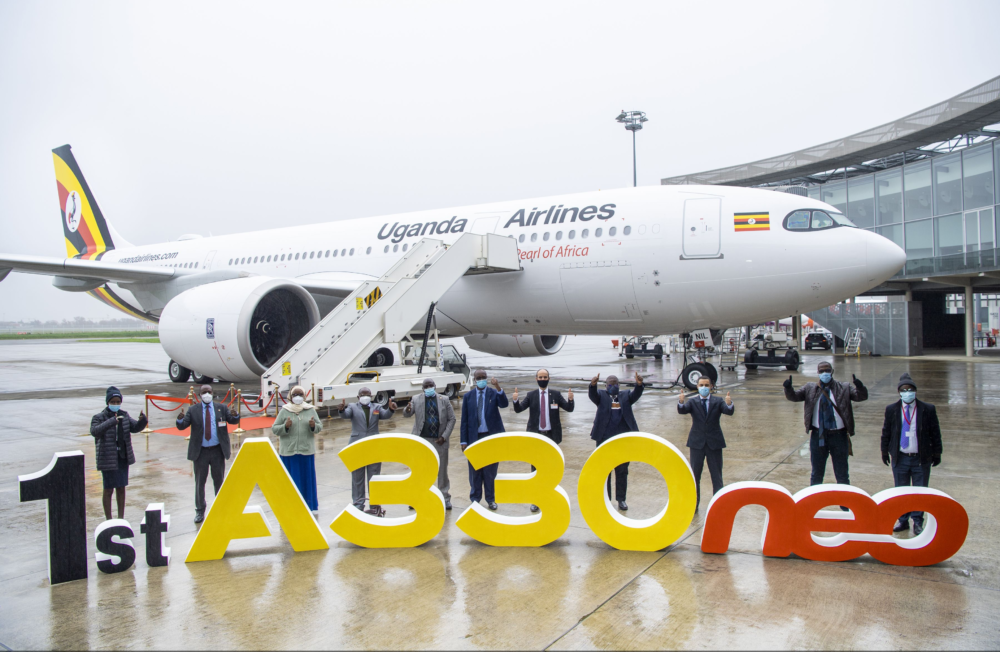As the Airbus A340 and A380 quad jets are increasingly leaving airline fleets around the world, twinjets will be most of the aircraft we see in the skies moving forward. In terms of Airbus aircraft, the A330 and A350 are the planemaker’s twin-engine, widebody offerings. But how might new planespotters tell these two aircraft apart?

Both aircraft are twin-engine widebodies. However, that’s really where the similarities end. The shortest A350, the A350-900, is longer than the longest A330, the A330-900 (and its older A330-300 equivalent). We’ll go over the two main characteristics to look for when trying to tell the A330 and A350 apart from each other.
The aircraft nose
The first distinguishing feature for the two jets is the aircraft nose – which may be difficult to put into words, but we’ll do our best.
On the A350, the nose takes a more streamlined shape, blending quite well (but not completely) into the cockpit windows. The ‘point’ of its nose extends lower than that of the A330.

For both the A330ceo and A330neo, the ‘point’ of the aircraft’s nose comes out higher than the A350. It protrudes much more distinctly from the cockpit windows as somewhat of a ‘bullet’ shape separate from the glass above it.

Aircraft ‘sharklets’
The second defining characteristic are aircraft winglets – or what Airbus calls ‘sharklets.’
On the new Airbus A350, these drag and noise-reducing devices extend 5.20 meters from the leading-edge attachment to its rear tip. Their presence gives the aircraft a total wingspan of 64.8 meters or 212 feet.
The A350’s sharklets are much more ‘vertical’ and ‘turned-up’ than those of the A330ceo and A330neo.

The A330 also has wingtip devices on the end of its wings. However, these take a noticeably different shape and curve from those of the A350. On the A330neo, these also curve up but have less of a bend. This is displayed quite clearly on the image below, which shows the A330neo’s winglet on the left and the A350’s on the right. As you can see, it’s closer to a 45 degree-bend on the A330neo, while on the A350, it’s closer to 85 degrees.

“When the first A330neo (New Engine Option) jetliner takes to the skies this year, it will mark the latest use of Airbus’ Sharklets™ – those graceful-looking upturned wingtip extensions that save fuel by reducing drag while also lowering noise emissions by improving take-off performance.” -Airbus (2017)
Then there are the winglets of the older-generation A330ceo, which are completely different from those shown above.
Looking a lot less ‘graceful’ than their newer counterparts, these winglets are angular in shape, forming a well-defined trapezoid (or trapezium for those outside North America).

For aircraft lovers, planespotting can be a fun activity, made all the more enjoyable when you can tell different models of aircraft apart from one another. Hopefully, this article removes all doubt when trying to identify some of Airbus’ core widebody jets.
What are your favorite defining features of an aircraft? Let us know in the comments.
[ad_2]
Source link


